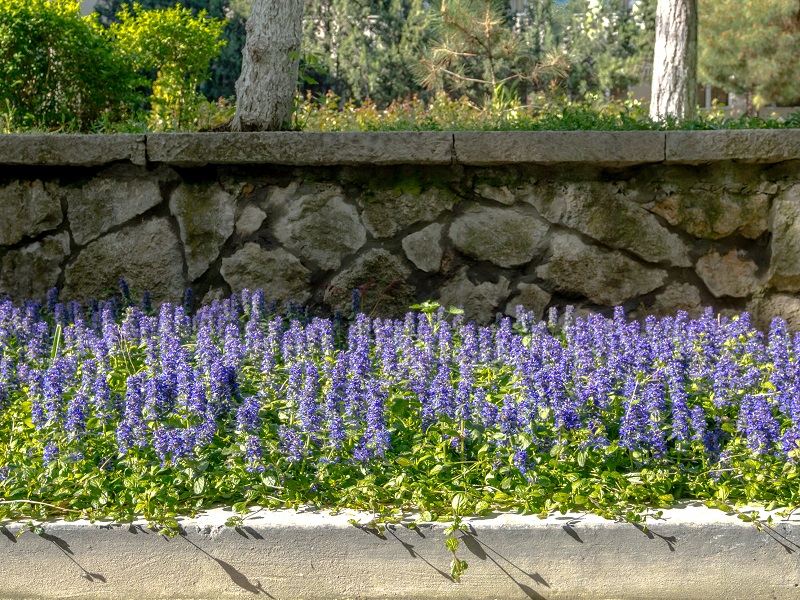Building and Maintaining Retaining Walls

Building retaining walls is beneficial in more than one way to the homeowner. Before spending money on anything for a home, it is important to find out how to care for it so that your investment becomes a worthwhile effort. Besides which care and maintenance of a retaining wall ensures that this can last for a long period of time. Retaining walls can be used to create outdoor spaces. In addition, the sculptural quality of these walls enhances the landscape. You have a choice of various materials to build these walls. For that modern look, you can opt for concrete and mortared stone or timber can offer you a rustic look.
What is a Retaining Wall?
A structure designed and then constructed for resistance of soil lateral pressure at the desired time of change in the ground level which exceeds the repose angle of the soil is a retaining wall. Ensure choosing a material for the retaining wall which will accentuate its primary purpose. You also need to consider the style and the budget.

Material for Retaining Walls:
You have a choice of different materials for the required retaining wall. You can choose between bricks which are considered as durable and strong. You can also opt for stones or timber or concrete. Stones are preferred by many homeowners as they come in different designs. Opting for concrete you are aware that this is a long-term investment.
Tips for care and Maintenance:
It is essential to inspect these walls from time to time to ensure that there are no cracks or damage in any way.
1) Leaves:
Accumulation of leaves in the winter months can cause discoloration to these walls. Few leaves off and on are no big issue. Washing chemicals and salts from time to time can ensure there is no major damage to the wall. Sealing the finish is a good idea if you find the finish wearing off.
2) Weeds:
Weeds tend to grow anywhere and ignoring this is asking for trouble. Clearing this up will require more labor and time. When you spot the first weed, it needs to be pulled out from the sprout before it grows wildly.

3) Site Grading:
Most often retaining walls are built specifically to drain out the rain water with ease. There might be times when you find a puddle either in front or behind the wall. This is due to excessive settling. This cannot be ignored, you need to make sure the landscape is sloped away and add the necessary amount of fill for the drainage to be sufficient. Retaining walls need to be specifically designed and built so that the water is routed around the surface of the wall. Neglecting low spot tends to make rain collect during rainfall. This leads to a ‘pool’ effect which turns the soil mushy and soft. There is a possibility of a ‘blow out’.
4) Surface Treatment:
It is easy to overlook the area around the retaining wall. This will lead to serious problems as these areas perform a variable function for the wall such as capturing and routing the water. Replanting areas which are bare and encouraging the growth of flowers or ground covers keeps you safe from problems. Re-landscape areas which seem to be eroded. These surface treatments need to be checked until they are established. A little effort put in the care of retaining walls tends to be beneficial in the long run.
Opting for professionals for the building of these retaining walls works perfect as experience can make all the difference to the quality of work offered.
-
-
-
-
/ 0 Comments